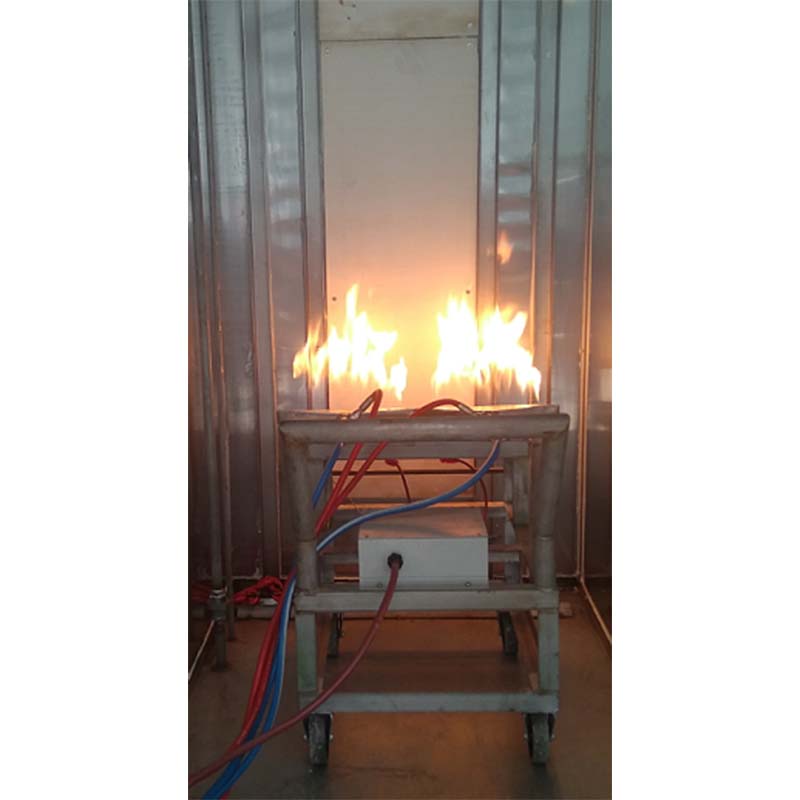Exporters of Tensile Testing Fixtures for Quality Assurance in Materials Testing
Exploring the World of Tensile Tester Fixtures A Guide for Exporters
In the field of materials testing, tensile testers play a critical role in determining the mechanical properties of various materials, ranging from metals and plastics to textiles and composites. The efficacy of these testing machines largely depends on the fixtures used to hold the test specimens securely in place during the evaluation process. As the global demand for accurate material testing grows, so does the need for high-quality tensile tester fixtures among exporters. This article explores the significance of tensile tester fixtures, their various types, and the considerations exporters need to keep in mind.
Importance of Tensile Tester Fixtures
Tensile testing is essential for assessing how materials respond to forces and stress. The primary function of tensile tester fixtures is to ensure that test specimens are held securely and in the correct alignment throughout the testing procedure. This guarantees accurate results and helps to avoid any potential errors that could arise from improper specimen handling. Fixtures must be designed to accommodate different materials and shapes, providing versatility for labs and manufacturers who routinely test various products.
Types of Tensile Tester Fixtures
There are several types of tensile tester fixtures, each tailored to meet specific testing requirements
1. Grips These are the most common type of fixtures, designed to hold the test specimen tightly while allowing for accurate measurement. Grips can vary widely, including pneumatic grips, hydraulic grips, and mechanical grips, each offering different clamping strengths and ease of use.
2. Extensions For testing elongation or stretch, various extension fixtures are available. These fixtures allow for the precise measurement of how much a material can stretch before breaking, providing valuable data for applications where flexibility is crucial.
3. Specialty Fixtures These fixtures are designed for testing unique configurations or specific materials. Examples include wedge grips for thin films or specialized fixtures for rubber and elastomers, which require specific mechanical setups to ensure accurate testing.
4. Custom Fixtures Many companies opt to collaborate with fixture manufacturers to design custom solutions tailored to their specific testing needs. This ensures that the fixtures not only meet their material specifications but also fit seamlessly into their existing testing setups.
tensile tester fixtures exporters

Considerations for Exporters
When exporting tensile tester fixtures, several factors must be taken into account to ensure success in the global market
1. Quality Standards Compliance with international quality standards is crucial. Fixtures must be manufactured using high-quality materials and undergo rigorous testing to ensure durability and reliability. Exporters need to familiarize themselves with the standards required in the target markets.
2. Customization Options Offering customization options can significantly enhance appeal. Many clients today prefer fixtures tailored to their specific needs, so providing this flexibility can set exporters apart from competitors.
3. Market Trends Staying abreast of industry trends is essential. As new materials emerge and testing technology evolves, exporters must adapt their offerings to meet changing customer demands.
4. Regulatory Compliance Different countries have varying regulations concerning lab equipment and testing procedures. Exporters must ensure that their products comply with these requirements to avoid any legal challenges.
5. Building Relationships Establishing strong relationships with clients and distributors can facilitate smoother transactions and create opportunities for repeat business. Communication and service are key components in fostering trust.
Conclusion
The demand for reliable and efficient tensile tester fixtures continues to rise as industries increasingly recognize the importance of accurate materials testing. For exporters, understanding the intricacies of these fixtures, along with the quality and customization demands of the market, is vital for long-term success. By prioritizing quality, regulatory compliance, and customer relationships, exporters can thrive in the competitive landscape of tensile testing equipment. The future looks promising for those ready to innovate and adapt in this ever-evolving field.
-
Why the Conductor Resistance Constant Temperature Measurement Machine Redefines Precision
NewsJun.20,2025
-
Reliable Testing Starts Here: Why the High Insulation Resistance Measuring Instrument Is a Must-Have
NewsJun.20,2025
-
Flexible Cable Flexing Test Equipment: The Precision Standard for Cable Durability and Performance Testing
NewsJun.20,2025
-
Digital Measurement Projector: Precision Visualization for Modern Manufacturing
NewsJun.20,2025
-
Computer Control Electronic Tensile Tester: Precision and Power for the Modern Metal Industry
NewsJun.20,2025
-
Cable Spark Tester: Your Ultimate Insulation Assurance for Wire and Cable Testing
NewsJun.20,2025
 Copyright © 2025 Hebei Fangyuan Instrument & Equipment Co.,Ltd. All Rights Reserved. Sitemap | Privacy Policy
Copyright © 2025 Hebei Fangyuan Instrument & Equipment Co.,Ltd. All Rights Reserved. Sitemap | Privacy Policy
